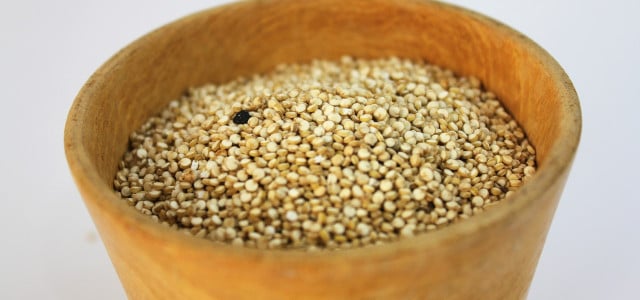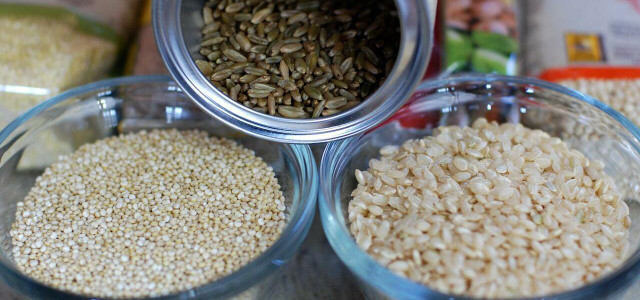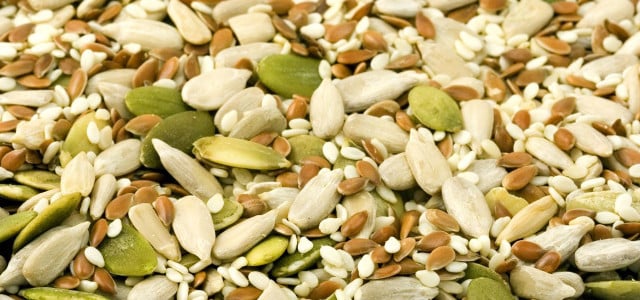Amaranth is a nutritious grain whose history dates back thousands of years. Learn how to cook amaranth in a few simple steps to enjoy its many health benefits.
Amaranth is a grain that was originally cultivated in Central America, but it has since spread around the world. It is a type of pseudocereal, just like Quinoa, meaning that it does not belong to the grass family Poaceae, which includes well-known grains such as maize, wheat, and rice. Thus, although amaranth is often used in a similar way to these true cereals, its nutritional profile looks a bit different.
Although amaranth might be harder to find than a bag of wheat, worry not! There are still many places you can purchase it from.
The first place you can look is the grains aisle at your local grocery store. If you have any health food stores in your area, like Whole Foods (or Whole Foods alternatives that are actually affordable), your chances of finding amaranth on the shelves will probably be higher.
If you haven’t had any luck at the supermarket, you can still order amaranth online. You can find different brands of organic amaranth grown in the US. If you’d rather not go through the hassle of tracking down amaranth at a physical store, then purchasing it this way will be quick and convenient.
Read on to learn how to cook amaranth once you’ve gotten your hands on it.
How to Cook Amaranth

Once you have obtained amaranth, the cooking process is very simple.
The easiest way to prepare amaranth is by boiling it:
- Bring 2.5 cups of water to a boil in a pot.
- Add 1 cup of dry amaranth and give it a stir.
- Reduce to low heat, then cover and let simmer until the amaranth has soaked up all the water — this usually takes about 20 minutes.
- Season with salt, pepper, and herbs as a side dish, or add to salads or roasted vegetables as a healthy and filling meal.
Your amaranth might be a bit crunchy even after boiling, but don’t worry — it is known to have a harder texture than many other grains, and hardness is not a sign of being undercooked. Cooked amaranth can be kept in the refrigerator for up to five days.
Should You Soak Amaranth Before Cooking It?
While it’s not necessary, it’s a good idea to soak amaranth overnight before you cook it. Studies have shown that soaking the pseudo-grain for 8 to 24 hours will reduce the amount of tannins and phytic acid in the amaranth. These are antinutrients — which might sound dangerous or harmful, but actually isn’t. All antinutrients do is, up to a point, inhibit your body from being able to take up all of the actual nutrients contained in amaranth. Soaking will get rid of the antinutrients and thereby increase the bioavailability of the nutrients in amaranth.
By the way: As all grains contain at least some phytic acid, soaking them before you cook them generally makes sense. This also usually decreases cooking time, which can save you energy and money in turn.
Making Alegría: Pop Amaranth Instead of Cooking It
If you’re feeling more adventurous, you can also try making alegría. This is a traditional Mexican candy whose name literally means ‘joy’. In order to make this treat:
- Measure out ½ cup of amaranth.
- Heat a dry pan on medium-high heat and add enough amaranth to lightly cover the surface. Cover the pan and let the grains ‘pop’ from the heat for about 30 seconds. Set aside this amount in a bowl, and continue the process until you have worked through the full ½ cup.
- Once you have removed all of your amaranth, add ½ cup unrefined cane sugar (preferably panela, if you have any) and 1 tbsp black molasses or honey to the pan. Heat until everything has dissolved, then turn off the heat and let it cool for 5 minutes.
- Add amaranth and stir until the mixture has a consistent texture.
- Pour out on a pre-oiled pan and press down on the top to make sure it dries into a flat shape. Let sit for a few hours until cool, then cut into bite-size bars and enjoy!
Amaranth Has a Long History
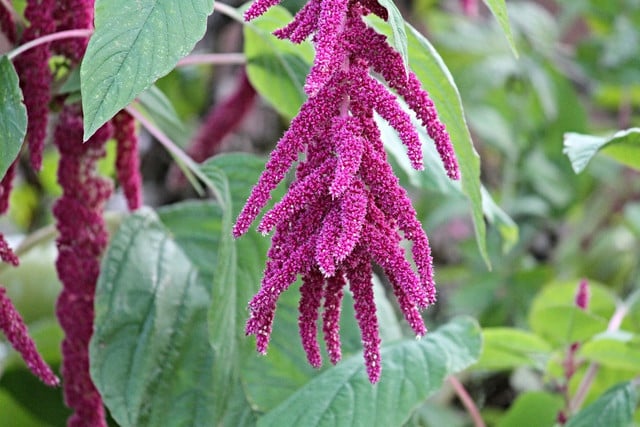


The history of the amaranth plant is a complex one. Although different varieties grow around the world, it was first cultivated in Mexico around 8,000 years ago. It became a staple of Mesoamerican diets, and even accounted for about 80 percent of the caloric intake within the Aztec Empire.
When Spanish invaders conquered the Americas, they tried to destroy the plant due to its cultural significance and ties with native religions. However, the amaranth couldn’t be suppressed for long — it continued to be cultivated in secret, and is starting to gain popularity again as modern science uncovers its surprising health benefits.
Read more: Are Amaranth Leaves the New Superfood?
Health Benefits of Amaranth
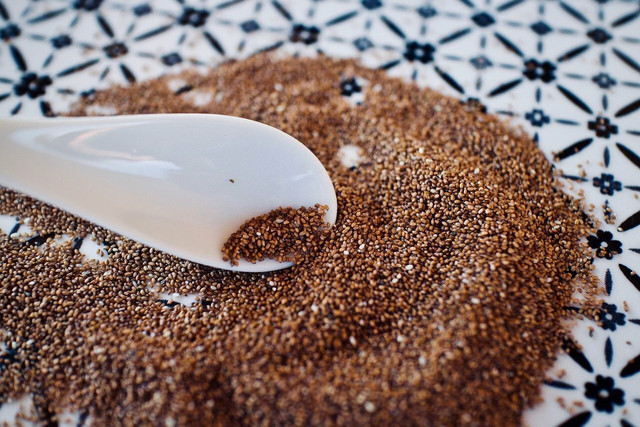


Amaranth is a good deal more nutritious compared to most other grains. Per ½ cup, it contains:
- 1.9 g fat
- 125.5 g calories
- 2.6 g fiber
- 4.7 g protein
- 23 g carbohydrates
- 20 g starch
- 7 mg sodium
In particular, amaranth has a high protein content, with about 30 percent of its calories coming from protein. Additionally, it contains lysine, an essential amino acid that is missing from most grains, and also has higher concentrations of cysteine and methionine compared to other grains. It can therefore be a valuable source of protein for individuals on a plant-based diet.
In addition to its nutritional content, amaranth has a whole host of other health benefits, including:
- Reducing cholesterol
- Boosting the immune system
- Reducing the risk of cancer
- Improving anemia
It is also gluten-free and can even suppress some allergic responses. It is therefore a great ingredient for individuals with different food intolerances.
Because of these wide-ranging benefits, and because adverse reactions to it are rare, almost anyone can incorporate amaranth into a healthy diet.
Read more:
- Healthy Inca Grain? 9 Things You Need to Know About Quinoa
- How to Toast Slivered Almonds: Step-by-Step
- Growing Goji Berries: Your Own Superfood Supply
Important Information regarding Health-related Topics.
** Links to retailers marked with ** or underlined orange are partially partner links: If you buy here, you actively support Utopia.org, because we will receive a small part of the sales proceeds. More info.Do you like this post?






